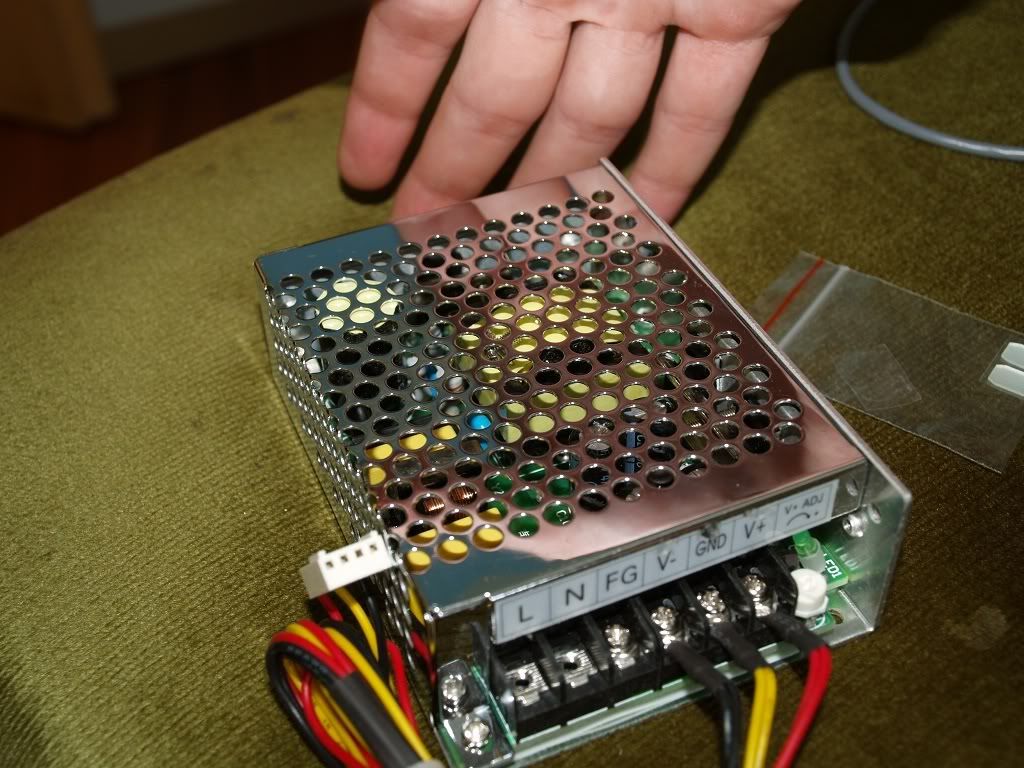Cube777
0
- Joined
- Jul 22, 2012
- Messages
- 426
- Points
- 28
Hi LPF,
I'm planning on building a bench PSU from a PC PSU in the near future, and since I don't have any PC PSUs lying around I went online looking for one. I found a secondhand Thermaltake Litepower 450W for $17. It has been barely used (the guy bought the wrong PSU) and in very good condition. My questions are:
1) Will I be able to convert this into a PSU?
2) According to THIS review it has rather low output currents(against the tutorials I saw, some of them claiming a PSU rated only 300W getting output currents up to 30A!), what will my PSU's current output capabilities be? I saw that with the -12V rail I can only give 0.5A output, let say I use the +5V rail and the -12V rail to give a 17 volt output (is that calculation even correct?) will I only be able to get a 0.5A output? Thank you for your help in advance! :thanks:
I'm planning on building a bench PSU from a PC PSU in the near future, and since I don't have any PC PSUs lying around I went online looking for one. I found a secondhand Thermaltake Litepower 450W for $17. It has been barely used (the guy bought the wrong PSU) and in very good condition. My questions are:
1) Will I be able to convert this into a PSU?
2) According to THIS review it has rather low output currents(against the tutorials I saw, some of them claiming a PSU rated only 300W getting output currents up to 30A!), what will my PSU's current output capabilities be? I saw that with the -12V rail I can only give 0.5A output, let say I use the +5V rail and the -12V rail to give a 17 volt output (is that calculation even correct?) will I only be able to get a 0.5A output? Thank you for your help in advance! :thanks:







